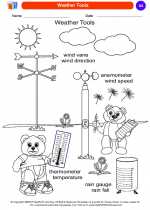Seasons
Seasons are the result of the Earth's axis tilt and its orbit around the sun. There are four distinct seasons: spring, summer, fall, and winter. Each season brings changes in weather, daylight, and natural life.
Causes of Seasons
The Earth's axis is tilted at an angle of about 23.5 degrees. As a result, different parts of the Earth receive varying amounts of sunlight at different times of the year. When a particular hemisphere is tilted towards the sun, it experiences summer, and when it is tilted away, it experiences winter.
Seasonal Changes
During spring, temperatures begin to rise, plants start to bloom, and animals become more active. Summer brings the warmest temperatures, longer days, and abundant plant growth. Fall, also known as autumn, is characterized by cooler temperatures, falling leaves, and harvest time. Winter is the coldest season, with shorter days, snow, and dormancy in plant and animal life.
Study Guide
.◂Science Worksheets and Study Guides Kindergarten. Weather

 Coloring Worksheet
Coloring Worksheet
 Coloring Worksheet
Coloring Worksheet
 Coloring Worksheet
Coloring Worksheet
 Coloring Worksheet
Coloring Worksheet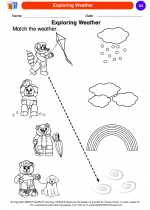
 Coloring Worksheet
Coloring Worksheet
 Coloring Worksheet
Coloring Worksheet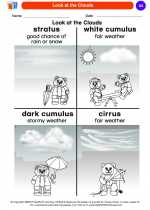
 Coloring Worksheet
Coloring Worksheet
 Coloring Worksheet
Coloring Worksheet
 Coloring Worksheet
Coloring Worksheet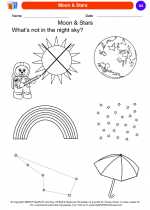
 Coloring Worksheet
Coloring Worksheet
 Coloring Worksheet
Coloring Worksheet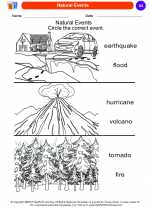
 Coloring Worksheet
Coloring Worksheet
 Coloring Worksheet
Coloring Worksheet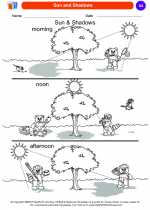
 Coloring Worksheet
Coloring Worksheet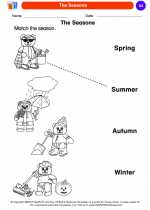
 Coloring Worksheet
Coloring Worksheet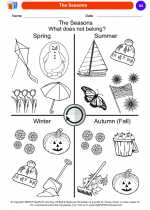
 Coloring Worksheet
Coloring Worksheet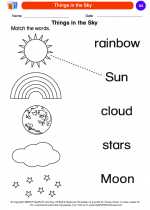
 Coloring Worksheet
Coloring Worksheet
 Coloring Worksheet
Coloring Worksheet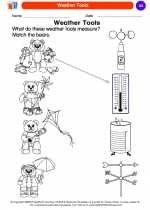
 Coloring Worksheet
Coloring Worksheet